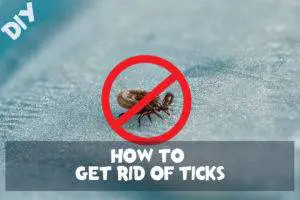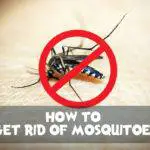Ticks can quickly turn your dream home into a nightmare, but fear not, homeowners! In our comprehensive guide, we unveil proven DIY techniques that will help you reclaim your space from these pesky critters. Read on to discover how to take charge and kick ticks out for good!
- Understanding Ticks
- Where do the Ticks Come From?
- How to Get Rid of Ticks
- Mow Your Lawn Frequently And Keep Leaves Raked
- Create A Barrier Of Wood Chips Or Gravel Between Your Lawn And Wooded Areas
- Applying Tick Repellent in High-Risk Areas
- Regularly Inspect Your Pets for Ticks
- Bathe Your Pets with Tick Shampoo
- Use a Tick-Killing Spray for Your Yard
- Use Acaricide-Impregnated Pet Collar
- Consider Medication for Your Pets
- How to Avoid Ticks When Going Outdoors
- What to Do If Bitten by a Tick?
- Final Words
Understanding Ticks
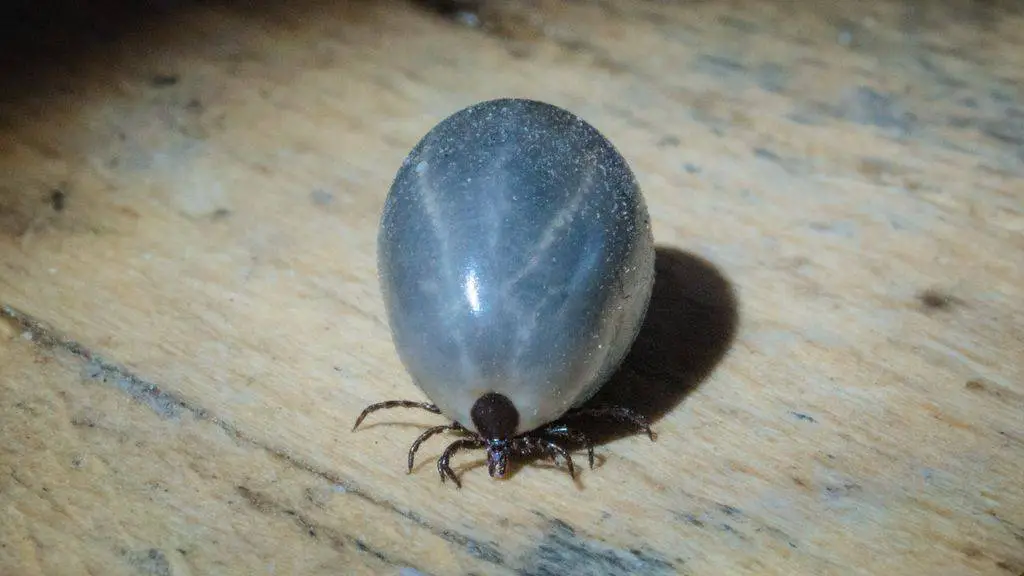
Ticks are eight-legged parasites that feed on the blood of animals and humans. They can transmit diseases such as Lyme disease, Rocky Mountain spotted fever, and typhus.
Ticks are small, typically measuring between 3 and 5 mm in length. They have a hard outer shell and eight legs, with the front four legs used for walking and the back four legs used for grasping.
Ticks are found in many different habitats, including forests, fields, and even your own backyard. They are most active during the spring and summer months, when temperatures are warm.
Ticks bite by inserting their barbed mouthparts into the skin of their host. Once they are attached, they can feed for several days. The tick’s saliva contains an anesthetic, which numbs the skin and prevents the host from feeling the bite.
Ticks can transmit diseases when they bite. The diseases are spread through the tick’s saliva. Some diseases, such as Lyme disease, can take several hours of contact to be transmitted, so the sooner you remove a tick, the less likely you are to get sick.
Interesting, lone star tick bite can cause allergy to mammal meats, a condition known as alpha-gal allergy. It can take up to 5 years for such an allergy to disappear.
Depending on species, ticks may need 1-3 hosts in their entire life cycle. For those requiring only 1 host, the ticks spend their entire life on 1 host except when they need to mate and lay eggs. In multi-hosts species, the ticks will leave the host at certain life stages to molt (into nymph and/or adult), and then parasitize another host.
Where do the Ticks Come From?
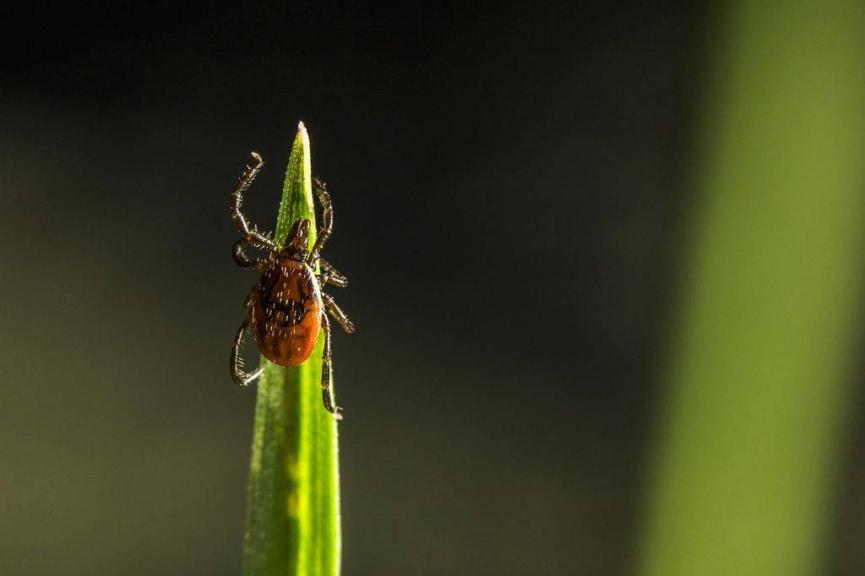
Ticks are commonly acquired by pets while exploring grasses and shrubs, although humans can also encounter them. Fortunately, we can easily detect and remove ticks ourselves, unlike our furry friends.
These tiny creatures lay their eggs in soil or leaf litter. Once hatched, the ticklings perch on the tips of leaves or blades of grass, patiently awaiting potential hosts.
They rely on various sensory cues such as odor, heat, movement, and even shadows to identify suitable targets. When an appropriate host ventures close enough, the tick seizes the opportunity and attaches itself.
It’s important to note that not all ticks succeed in finding a host, resulting in their demise while waiting. To ensure the survival of their species, ticks lay thousands of eggs, increasing the odds of offspring making it to the next stage.
Additionally, ticks possess an impressive ability to endure prolonged periods of starvation. For instance, the American dog tick can survive without a blood meal for 1-2 years, depending on its life stage.
How to Get Rid of Ticks
To effectively eliminate ticks, implementing a combination of methods that target various areas where ticks may reside often yields the best results. Here are some recommended approaches:
Mow Your Lawn Frequently And Keep Leaves Raked
On top of providing a good hiding place, tall grasses and bushes also make it easier for ticks to hitch-hike onto their hosts. To effectively reduce the tick population around your home, it is crucial to eliminate tall grasses and bushes where ticks tend to hide.
Regularly mow your lawn to keep the grass short, denying ticks a place to hide. In case of an ongoing infestation, dispose of the cut grass in a securely sealed bag to prevent ticks from escaping and spreading to other areas.
Make sure you thoroughly rake up leaves and clear away any debris scattered across your yard. Ticks can easily conceal themselves in such materials, so their removal is essential.
Create A Barrier Of Wood Chips Or Gravel Between Your Lawn And Wooded Areas
Consider creating a barrier between any nearby wooded areas and your yard if applicable. This barrier can be constructed using wood chips, gravel, or any other material that ticks do not traverse, effectively blocking their entry into your yard.
Opt for coarse wood chips or gravel instead of finely shredded mulch, as the former provides better effectiveness in deterring ticks.
Ensure that the barrier is at least 3 feet wide and positioned along the edge where your lawn meets the wooded area. While both wood chips and gravel are suitable options, wood chips are generally preferred due to their natural appearance.
Maintain the barrier by keeping it free from debris such as leaves, sticks, and other materials. Ticks can hide in such debris, so regular clearing is crucial to ensure its effectiveness.
Applying Tick Repellent in High-Risk Areas

When venturing into areas with a high risk of tick encounters, it is crucial to apply an effective tick repellent. I recommend using Off!® Deep Woods®, which contains DEET, the gold standard in repellents. A single application provides several hours of protection. This product is safe for use by children, pregnant women, and breastfeeding mothers.
In rare cases, certain people have allergies to DEET. In such instances, an alternative product like Ranger Ready Picaridin 20% Tick & Insect Repellent can be considered. It contains picaridin, which is comparably effective to DEET and offers hours of tick protection.
While there are numerous “natural” tick repellents available, many of them prove ineffective. Even if they do work, they typically offer only short-lived protection. If you prefer a natural option, select a repellent with a minimum of 10-20% lemon eucalyptus oil.
For more in-depth information on choosing the right repellent, refer to my comprehensive guide.
Regularly Inspect Your Pets for Ticks
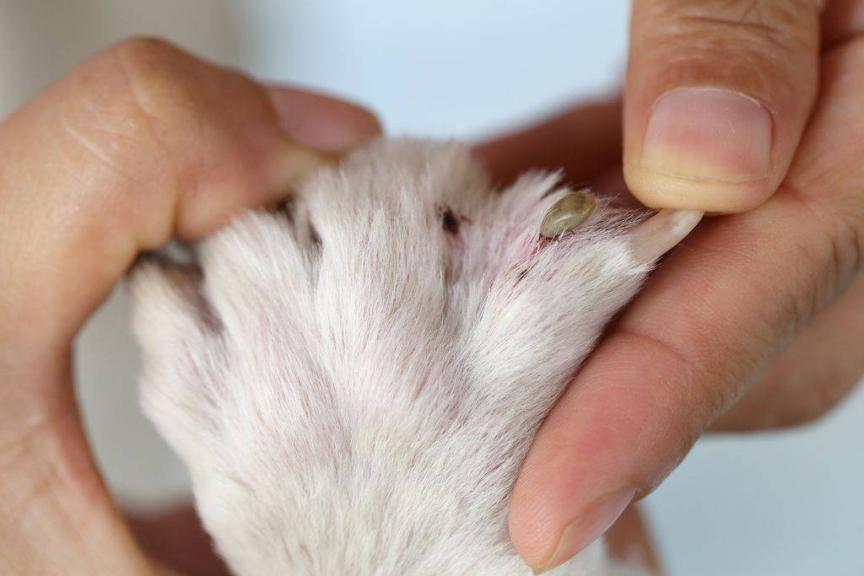
Pets often pick up ticks during outdoor activities. Since they cannot remove ticks themselves or communicate their discomfort, it is essential to regularly inspect your pets.
To detect ticks on your pets:
- Use a tick comb with metal teeth and narrow gaps. Avoid combs with plastic teeth, as they may bend, allowing ticks to go undetected.
- Consider trimming your pets’ hair if you have an active tick infestation. This makes it easier to spot the ticks.
- When you find a tick, use tick tweezers to grasp it near its head and gently pull it out. Take care to remove the tick’s mouthparts completely to prevent secondary bacterial infections. Dispose of the tick by crushing it or drowning it in soapy water.
Bathe Your Pets with Tick Shampoo

Bathing your pets with tick shampoo effectively kills ticks upon contact, especially smaller ticks that may have been missed during inspection.
I recommend using Richard’s Organics Flea & Tick Shampoo. It features a blend of essential oils, including peppermint, clove, and cedarwood, as active ingredients. This shampoo is a top choice for pet-friendly tick control. If you prefer an all-natural solution, this is an option worth considering.
While Richard’s Organics Flea & Tick Shampoo leaves a fragrant residue after bathing, it does not provide a long-lasting repellent effect against ticks.
Ensure that you work the shampoo thoroughly into your pet’s fur to reach and target the ticks. For long-haired pets, you may need to use slightly more shampoo.
Use a Tick-Killing Spray for Your Yard
When your yard is infested with ticks, using an acaricide becomes necessary. It is important to carefully read and follow the instructions on the product label to ensure safe and effective usage.
Apply the acaricide evenly to all areas of your yard where ticks are likely to be found, including wooded areas, tall grasses, and shrubs. Treating the entire yard, not just specific spots where ticks have been seen, helps prevent their spread. Reapply the acaricide as needed.
Consider environmentally-friendly options like Nature-Cide, which contains natural cottonseed oil and cedar oil known for their tick-killing effectiveness. This choice ensures the safety of your home and the environment. Nature-Cide is available in both aerosol and concentrate formulations, providing convenience for spot-treatments or economy larger areas, respectively.
If you reside in a tick hotspot, preventive acaricide treatment is advisable, especially in spring when nymphs become active after being starved for the whole winter. Generally, nymphs are more susceptible to acaricide than adults.
Use Acaricide-Impregnated Pet Collar
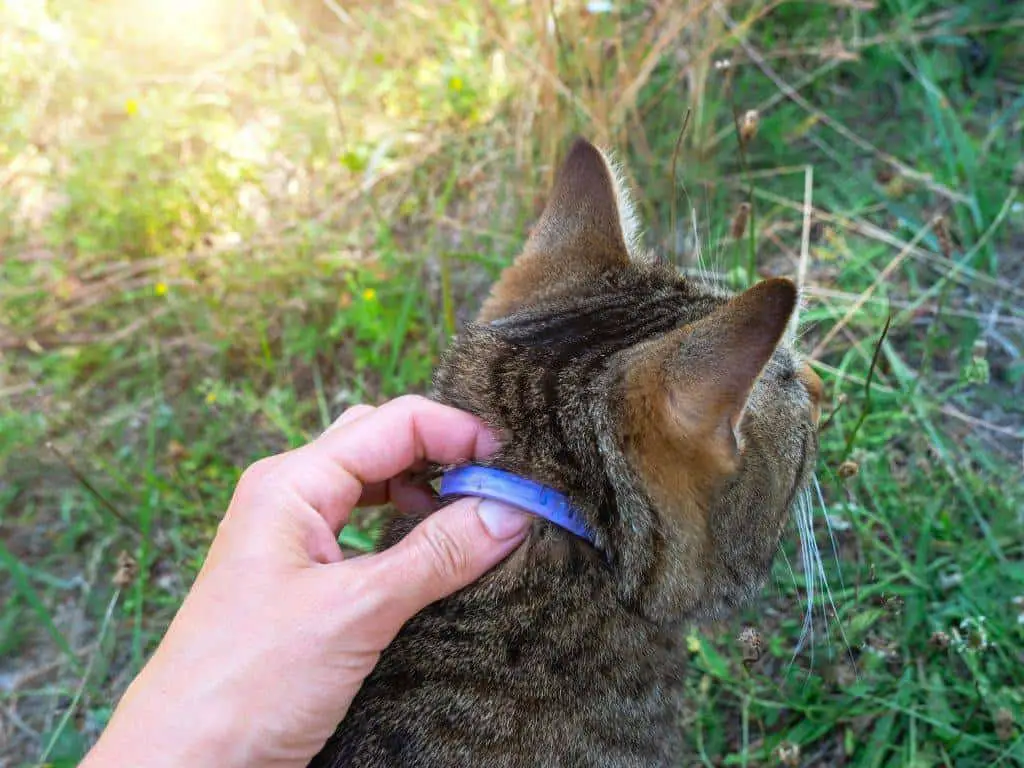
Acaricide-impregnated collars are a popular way to protect dogs and cats from ticks. These collars release a slow-release formula of acaricide, which kills ticks that come into contact with it.
Cheaper collars may release their acaricide more quickly, while more expensive collars may last for months. It is important to choose a collar that is safe for your pet and that will provide effective protection.
As a general rule of thumb, you should avoid collars that contain organophosphate or carbamate acaricides. These active ingredients are highly toxic to mammals.
Acaricide-impregnated collars do not prevent ticks from attaching to your pet. Instead, they kill ticks that come into contact with the collar. The acaricide is released from the collar in a slow-release formula, which ensures that your pet is protected for an extended period of time.
If your pet already has ticks, you won’t be able to see a significant effect compared to using tick shampoos or manual removal. That’s because those existing ticks will hang on to the same spot without moving around; meanwhile, the new ticks will explore the body of their host to find a suitable spot for blood sucking, and hence there is a higher chance of encountering the collar.
Consider Medication for Your Pets
Prescription tick medications are the most reliable and efficient way to eliminate ticks from your pet. They are available in a variety of forms, including oral tablets, gummies, and topical treatments.
While prescription tick medications are generally safe and effective, it is important to discuss any potential side effects with your veterinarian before administering them to your pet. Your veterinarian can also help you to choose the right medication for your pet’s individual needs.
When discussing prescription tick medication with your veterinarian, be sure to disclose any other medications your pet is currently taking. Some medications can interact with tick medications, so it is important to be aware of any potential risks.
It is also important to note that prescription tick medications do not repel or prevent ticks. Instead, they are designed to kill ticks that have already bitten your pet.
How to Avoid Ticks When Going Outdoors
Even if our pets primarily stay indoors, ticks can still be brought inside by us during outdoor activities. Follow these tips to prevent bringing ticks back home:
Avoid walking in bushes, tall grasses, and touching shrubs during your outdoor walks. Ticks cannot jump, so by staying away from their preferred waiting spots, you can keep yourself safe.
When you return home, inspect your clothes and belongings. Check your body, particularly behind your ears and neck, for any live ticks. Promptly removing them prevents potential problems from escalating.
Opt for light-colored clothing to make it easier to spot ticks on your clothes.
Apply tick repellent before heading outdoors for an added layer of protection.
What to Do If Bitten by a Tick?
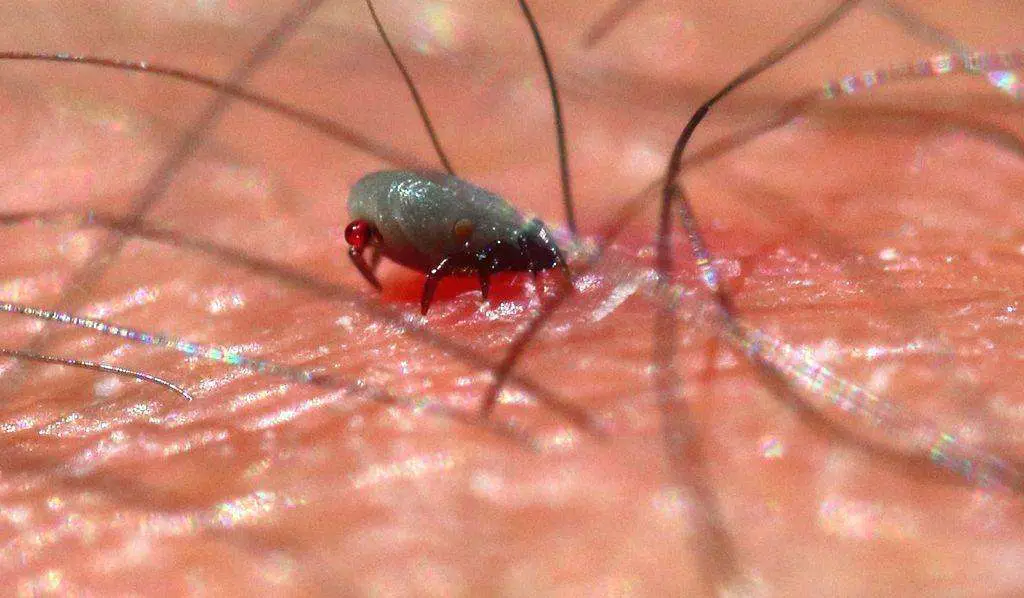
If you are bitten by a tick, it is important to remove it as soon as possible. The faster you remove it, the lower the risk of disease transmission.
Use a pair of tweezers to grab the tick near its head and gently pull it out. Take care not to leave the tick’s mouthparts in your skin. If the mouthparts break and remain embedded, it may be necessary to seek medical attention at a clinic.
Snap a clear photo of the tick. Proper identification is important in case you develop any symptoms following the bite.
Final Words
To effectively control ticks, it is essential to employ integrated approaches, especially when dealing with a significant infestation. Focusing solely on eliminating ticks without addressing their sources will yield limited results.
If you find the infestation difficult to manage, seeking assistance from a professional pest control service is advisable. You can request a non-obligatory quote from local service providers on Networx.
Lastly, I hope you found this guide helpful. Thank you for reading, and please feel free to share my blog if you found it beneficial.

